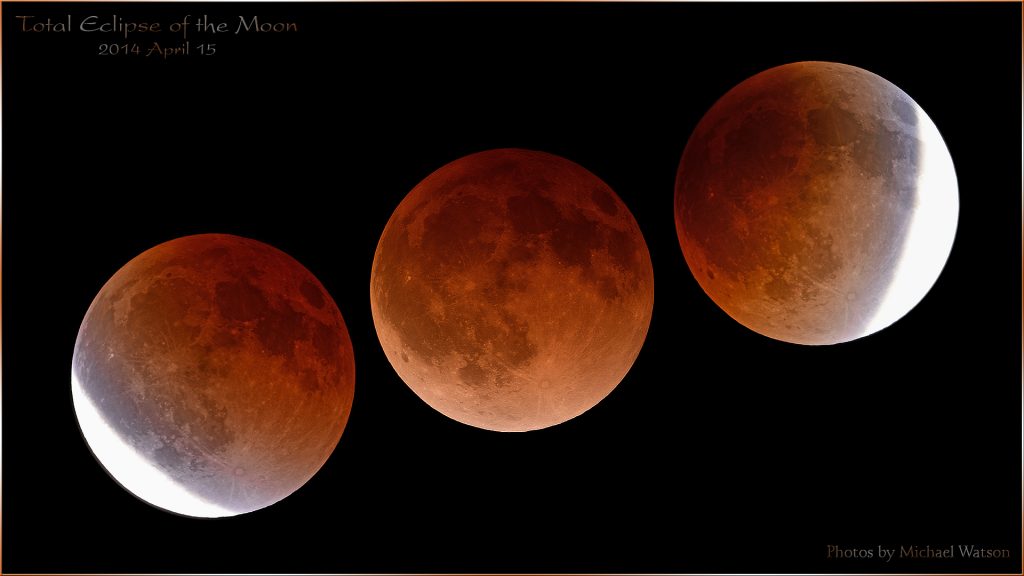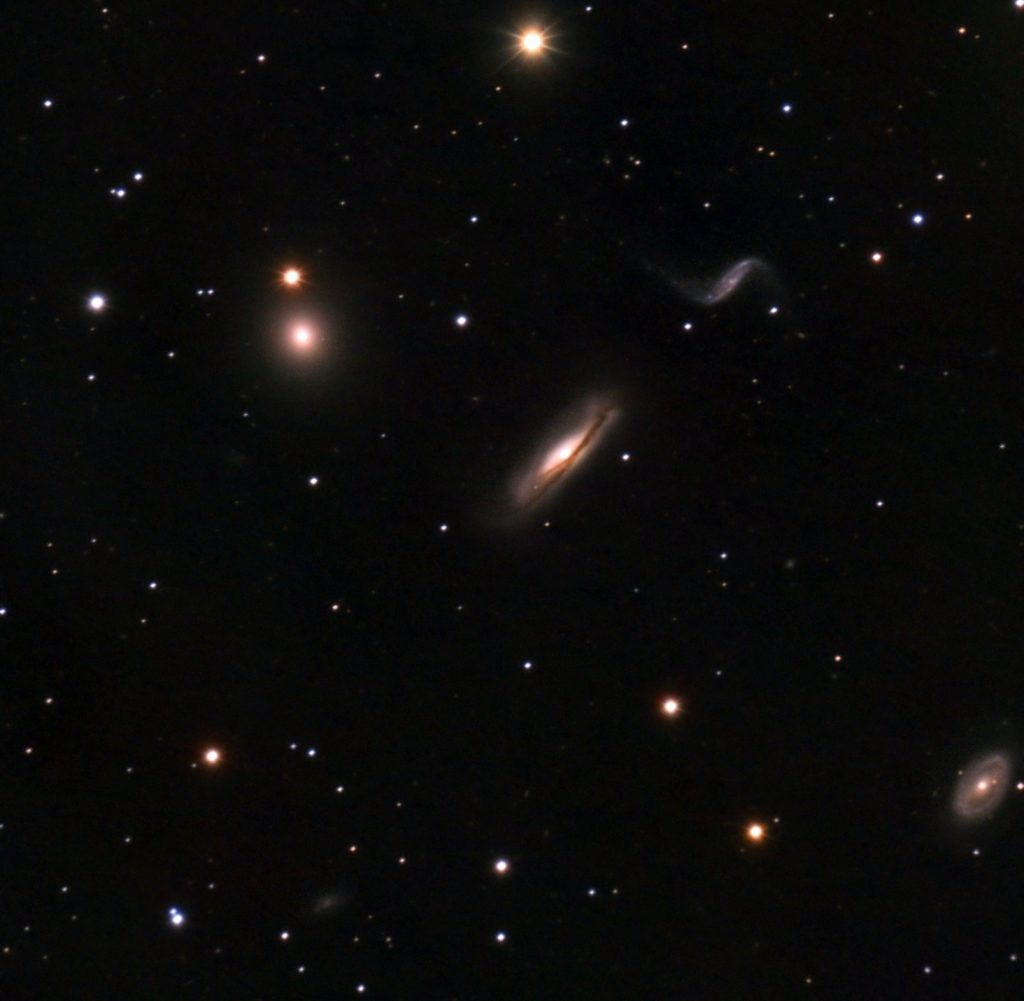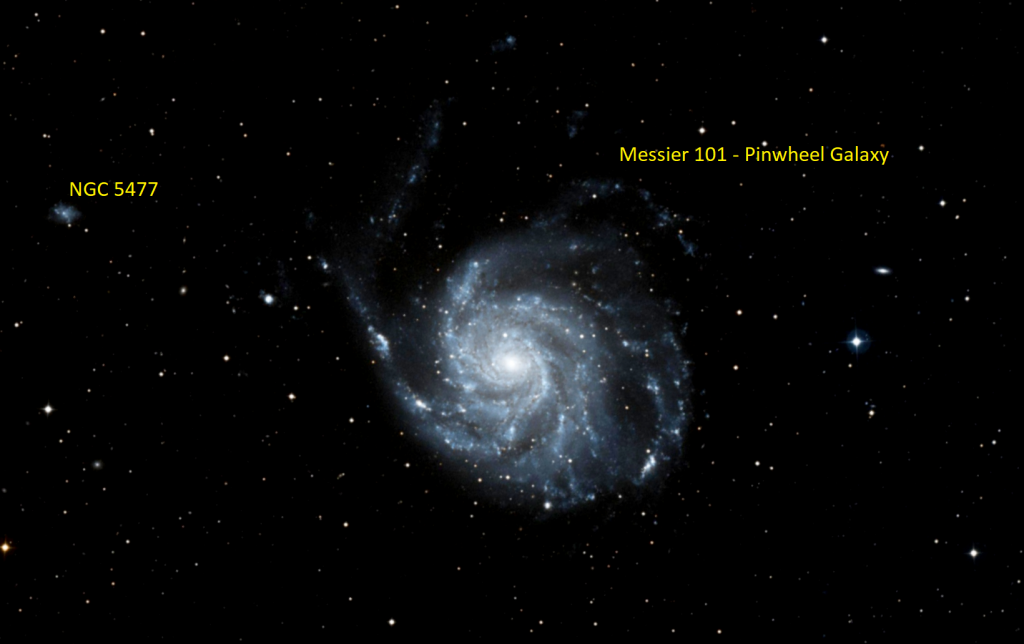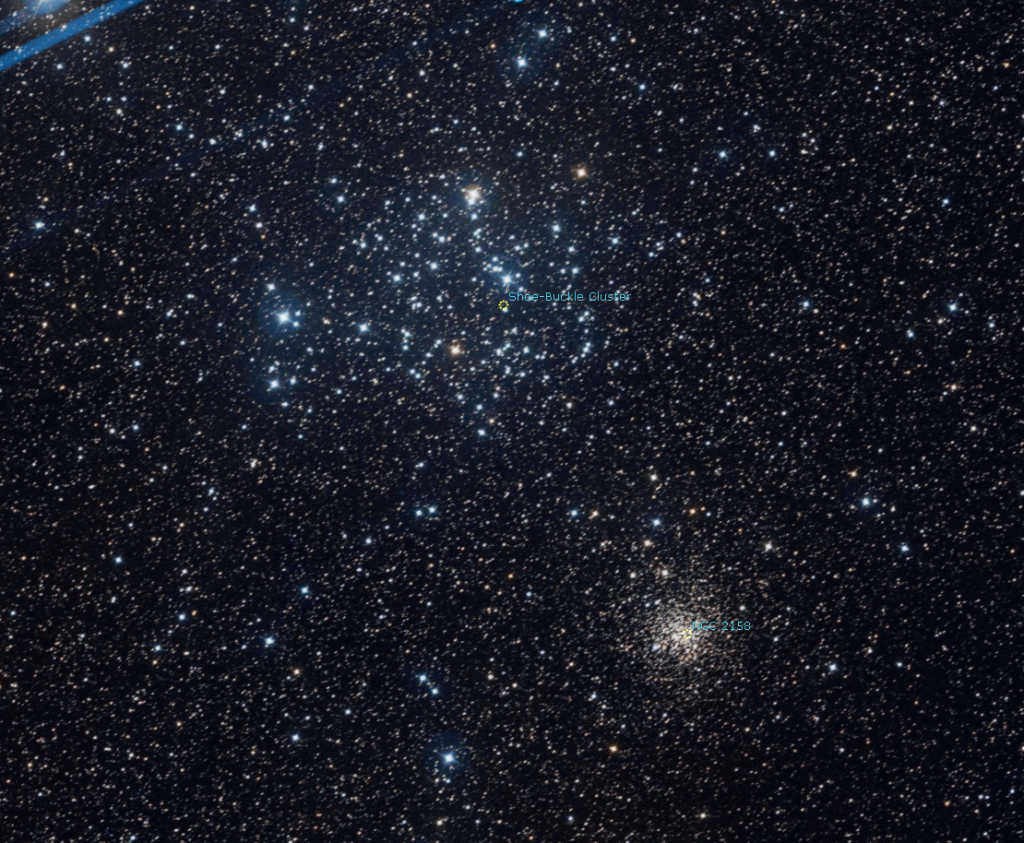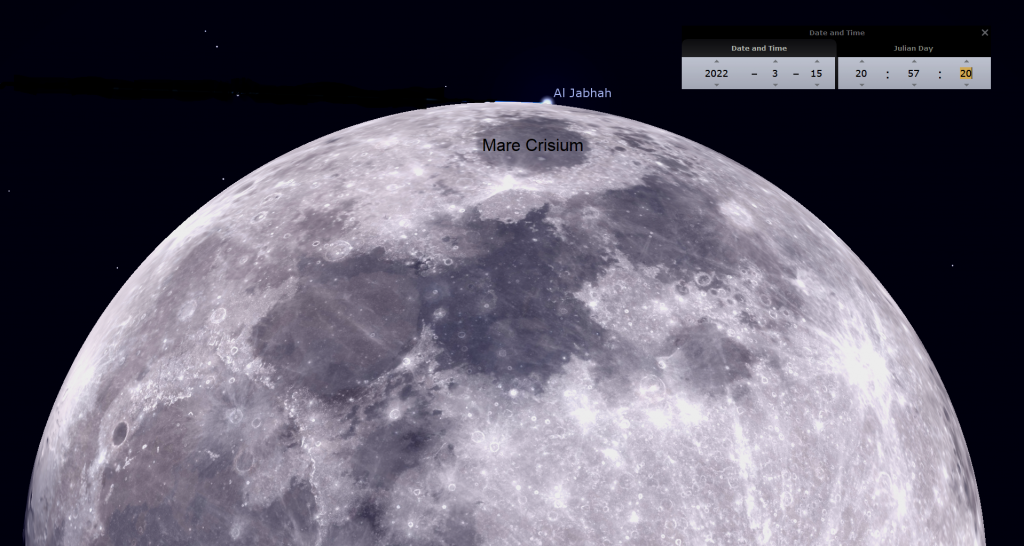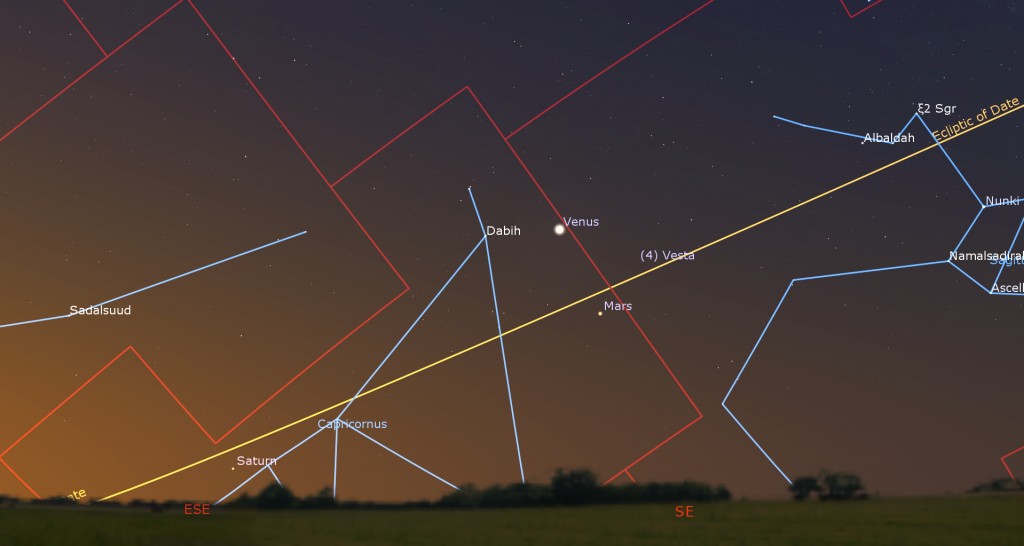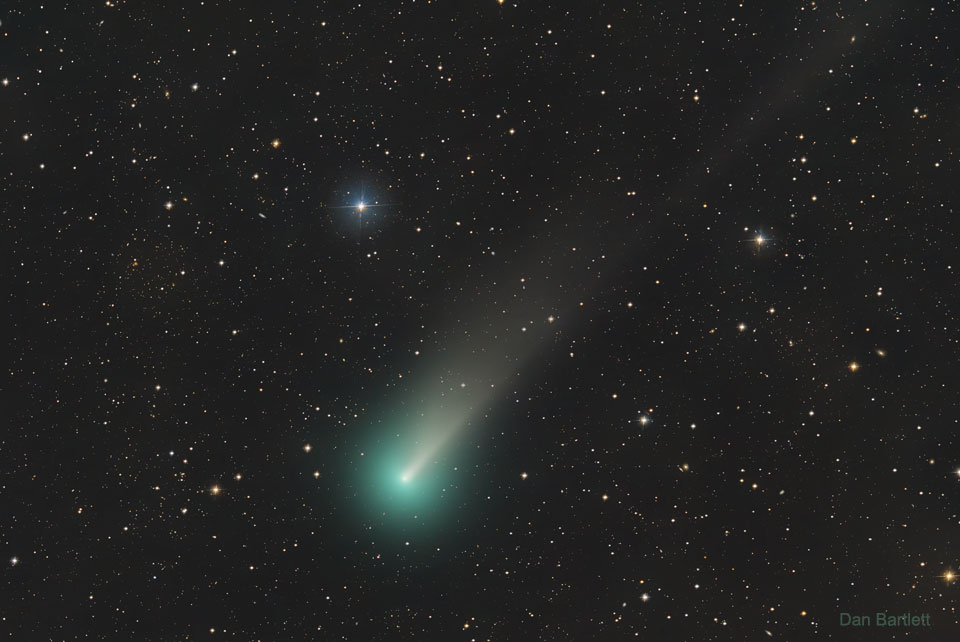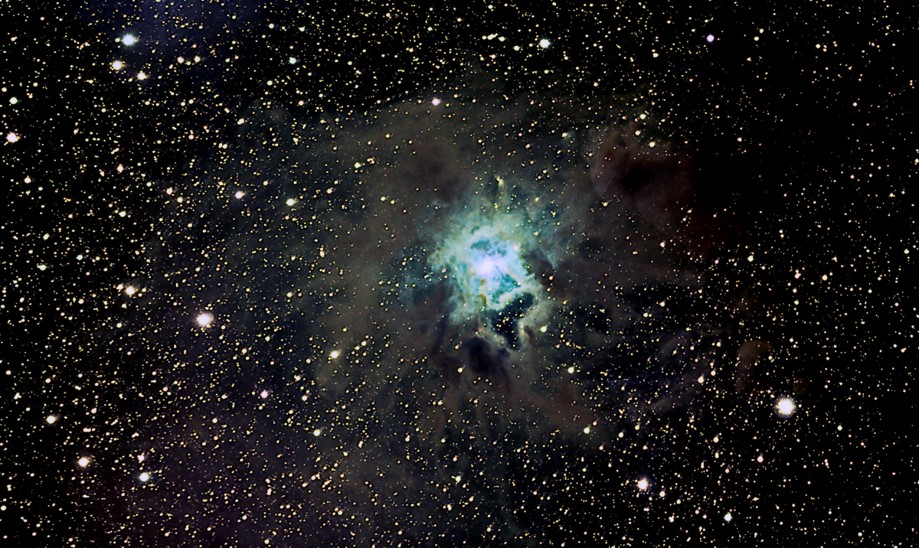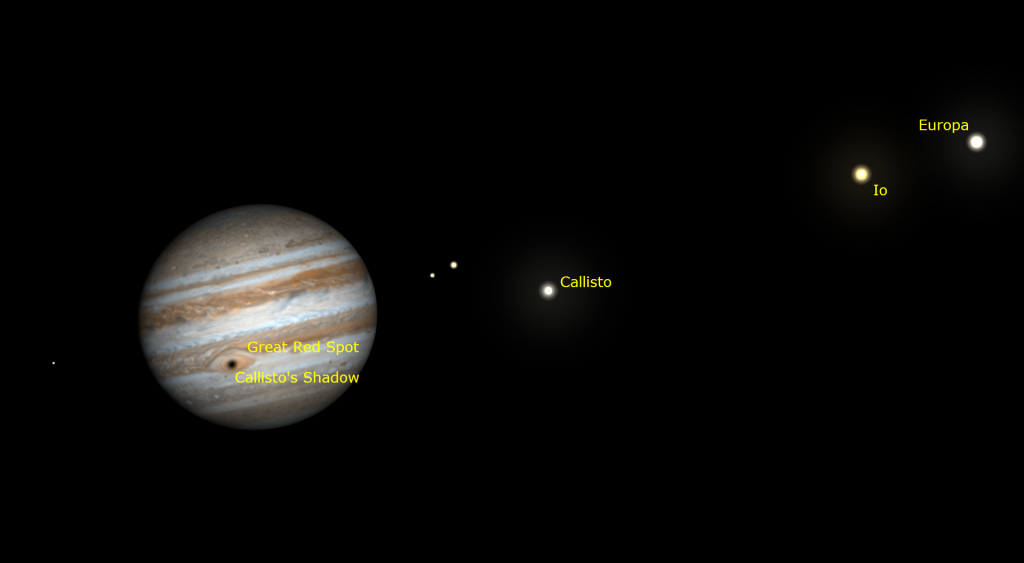Planets Move in Morning While an Evening Moon Waxes, and Then Gets Eclipsed by Earth’s Umbra!
This beautiful composite image, taken by Michael Watson of Toronto during the Total Lunar Eclipse of April 15, 2014, closely resembles what observers in most of the Americas will see starting on Sunday night, May 15, 2022. Michael has arranged the images to show the round shape of Earth’s shadow, as expressed during the partial…
Read more
